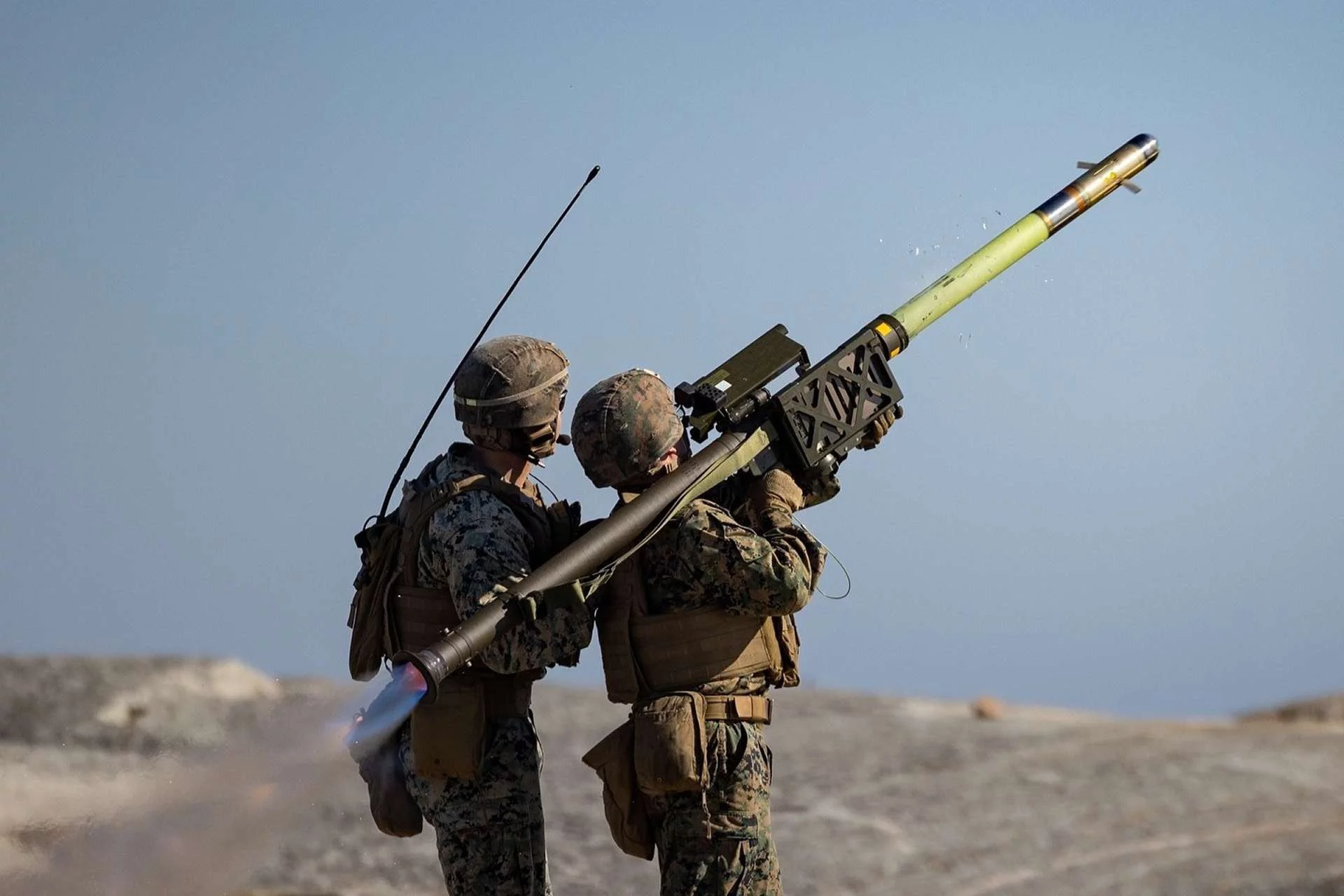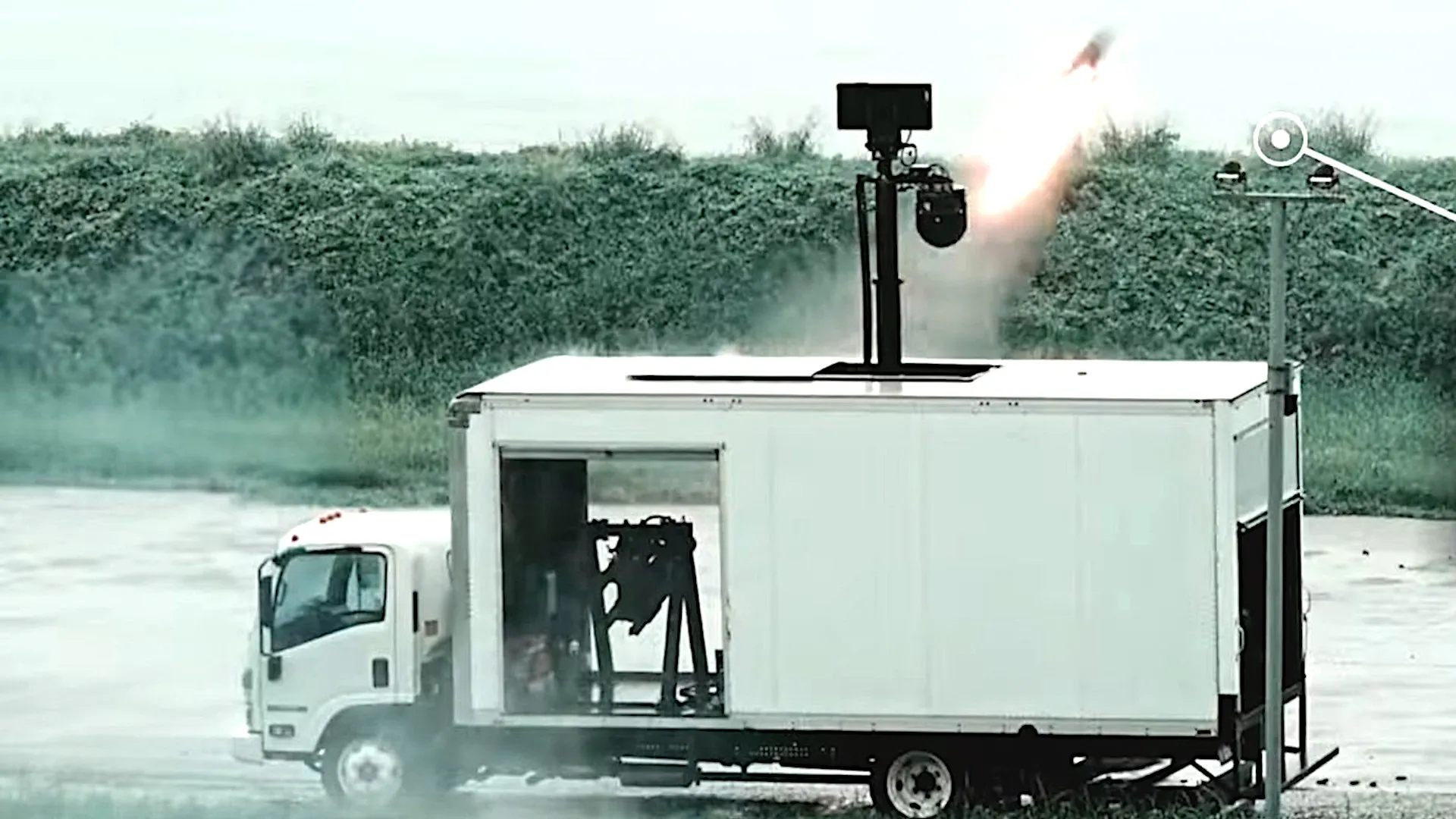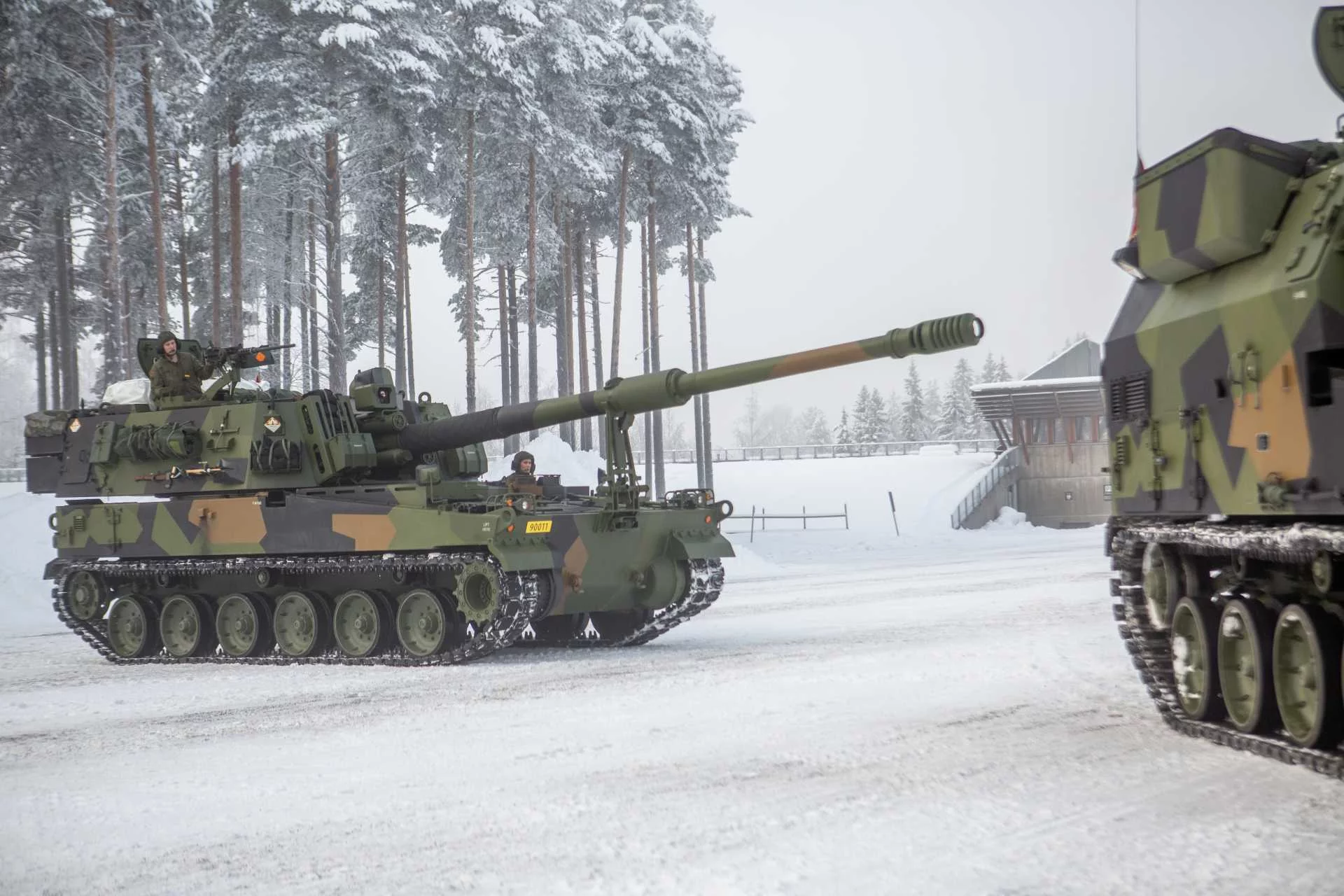In a move that’s sending shockwaves through the global defense landscape, the United States has just inked a massive $578.6 million deal with Raytheon to crank up production of the iconic Stinger missiles. Announced on September 24, 2025, by the U.S. Army, this firm-fixed-price contract isn’t just about restocking shelves—it’s a bold statement of long-term commitment to bolstering short-range air defense (SHORAD) capabilities for American forces and their allies worldwide. With production now extended through 2031, this investment comes at a critical juncture when modern battlefields are increasingly dominated by swarms of drones, low-flying helicopters, and stealthy aircraft threats. As conflicts like the ongoing war in Ukraine underscore the fragility of ground troops against aerial assaults, the Stinger’s revival signals a strategic pivot toward resilient, mobile defenses that can turn the tide in high-stakes scenarios.
The FIM-92 Stinger, a man-portable air-defense system (MANPADS) that’s been a staple in military arsenals since the 1980s, is far more than a shoulder-fired rocket—it’s a versatile powerhouse engineered to neutralize threats at low altitudes with pinpoint precision. Utilizing advanced infrared guidance technology, the Stinger locks onto heat signatures from enemy aircraft, allowing soldiers to engage targets with a “fire-and-forget” mechanism that requires minimal ongoing input after launch. This makes it ideal for fast-paced, decentralized operations where troops need immediate protection without relying on cumbersome radar networks or command centers. Over the years, the system has evolved significantly: recent upgrades include enhanced seeker heads and software algorithms designed to counter smaller, harder-to-detect unmanned aerial vehicles (UAVs), which have become the weapon of choice in asymmetric warfare. Integrated not just as a handheld unit but also on vehicle mounts, helicopters, and even fixed-wing platforms, the Stinger provides layered defense that complements larger systems like Patriot or THAAD, filling the critical gap in close-range protection.
Historically, the Stinger’s legacy is etched in some of the most pivotal moments of modern warfare. First introduced during the Cold War era, it gained legendary status in the 1980s when U.S.-supplied units helped Afghan mujahideen forces down Soviet helicopters during the Soviet-Afghan War, effectively shifting the balance of power in that conflict. Fast-forward to today, and its relevance has only intensified. In Ukraine, Stingers provided by Western allies have been instrumental in blunting Russian aerial offensives, with reports crediting the missile for numerous kills against drones, cruise missiles, and rotary-wing aircraft. This real-world efficacy has driven a surge in demand, prompting the U.S. to not only ramp up new production but also invest in service life extension programs. Last year alone, over 1,900 missiles underwent refurbishment to ensure they’re combat-ready, bridging the interim period until next-generation interceptors like the Army’s planned Next-Generation Short-Range Interceptor (NGSRI) come online. This proactive approach underscores a broader shift in U.S. military doctrine, moving away from the counter-insurgency focus of the post-9/11 era toward preparing for peer-level confrontations with adversaries like Russia and China.
Diving deeper into the contract details, this $578.6 million award covers not just the missiles themselves but also essential ancillary equipment, spare parts, and ongoing support services. Raytheon Missile Defense, a key player in the U.S. defense industrial base, will handle the manufacturing at facilities optimized for high-volume output. What’s particularly noteworthy is the international collaboration baked into this deal—Raytheon has partnered with Germany’s Diehl Defence for co-production of critical components in Europe. This transatlantic synergy isn’t just about efficiency; it’s a deliberate effort to strengthen NATO’s supply chains, reduce dependencies on single sources, and foster burden-sharing among allies. In an era where geopolitical tensions could disrupt global logistics, such partnerships ensure that production lines remain resilient against potential shortages or embargoes. The extension to 2031 also provides stability for the workforce and suppliers, allowing for investments in advanced manufacturing techniques like automation and 3D printing to keep costs down while maintaining quality.
Operationally, the Stinger’s strengths shine in its adaptability to diverse environments and threats. Unlike bulkier radar-guided systems such as the Norwegian Advanced Surface-to-Air Missile System (NASAMS) or the French Crotale, which offer extended range but require more infrastructure and higher per-shot costs, the Stinger excels in mobility and immediacy. A single soldier can carry and deploy it in seconds, making it perfect for infantry units, special operations teams, or even marine expeditionary forces operating in austere conditions. Its effectiveness against low-signature targets—think kamikaze drones or hovering attack helicopters—stems from improved resistance to countermeasures like flares or electronic jamming. In layered air defense architectures, Stingers form the innermost ring, providing “point defense” that buys time for heavier assets to engage. This is especially vital in scenarios involving urban warfare or dense terrain, where enemies might exploit ground cover to approach undetected.
Comparatively, the Stinger holds its own against international counterparts. The Polish Piorun, for instance, boasts similar infrared guidance but emphasizes affordability and ease of production for Eastern European militaries. Russia’s Igla-S or Verba systems, while advanced in seeker technology, suffer from export restrictions and interoperability issues with NATO gear. What sets the Stinger apart is its seamless integration into U.S. and allied platforms—it’s compatible with everything from Humvees to Apache helicopters, and its sustainment ecosystem benefits from decades of established logistics. However, it’s not without challenges: the system’s reliance on infrared means it can be less effective in adverse weather like heavy fog or rain, and ongoing upgrades are crucial to stay ahead of evolving drone swarms equipped with anti-MANPADS tech.
The drivers behind this hefty investment are multifaceted, blending immediate tactical needs with broader strategic imperatives. Globally, demand for Stingers has skyrocketed as nations grapple with the proliferation of affordable drones. Germany, a key NATO ally, has greenlit its own procurement to modernize its SHORAD capabilities, while discussions are underway for foreign military sales to countries like Morocco and Egypt, which face regional instability. Even Taiwan, amid escalating tensions with China, has expressed interest in acquiring around 2,000 missiles to fortify its defenses against potential amphibious assaults involving aerial components. Domestically, the U.S. Army is in the midst of reconstituting its air defense forces after years of deprioritization during the Global War on Terror. With great-power competition now front and center in national security strategies, Stingers are filling urgent gaps in maneuver units’ organic protection, allowing brigades and divisions to operate with greater confidence in contested environments.
On a geopolitical level, this contract reverberates far beyond the factory floor. It reaffirms America’s role as a pillar of allied security, particularly in Europe where Russian aggression continues to loom large. By extending production, the U.S. is not only replenishing its own stockpiles—depleted by aid to Ukraine—but also enabling exports that strengthen collective deterrence. In the Indo-Pacific, where China’s military buildup includes advanced drones and hypersonic threats, enhanced SHORAD like the Stinger could prove decisive in scenarios involving island chains or littoral zones. Militarily, it highlights a doctrinal evolution toward distributed lethality, where small, agile units armed with portable defenses can deny airspace to adversaries without needing centralized command.
Economically, the deal is a boon for the defense sector. Raytheon, part of RTX Corporation, stands to benefit from sustained revenue, potentially creating jobs in engineering, assembly, and testing. It also encourages innovation: future Stinger variants might incorporate AI-driven targeting or multi-spectral seekers to address emerging threats like hypersonic gliders or autonomous swarms. However, critics point to the high cost—each missile runs around $400,000—and argue for accelerating NGSRI development to provide more advanced, cost-effective alternatives.
In summary, this $580 million Stinger order isn’t just a procurement footnote; it’s a cornerstone of resilient air defense in an increasingly volatile world. As drones redefine warfare and allies look to the U.S. for leadership, extending production through 2031 ensures that ground forces remain protected, deterred, and ready to respond. Whether in the frozen tundras of Eastern Europe or the humid jungles of the Pacific, the Stinger’s enduring legacy continues to evolve, safeguarding lives and missions against the skies’ deadliest dangers.




